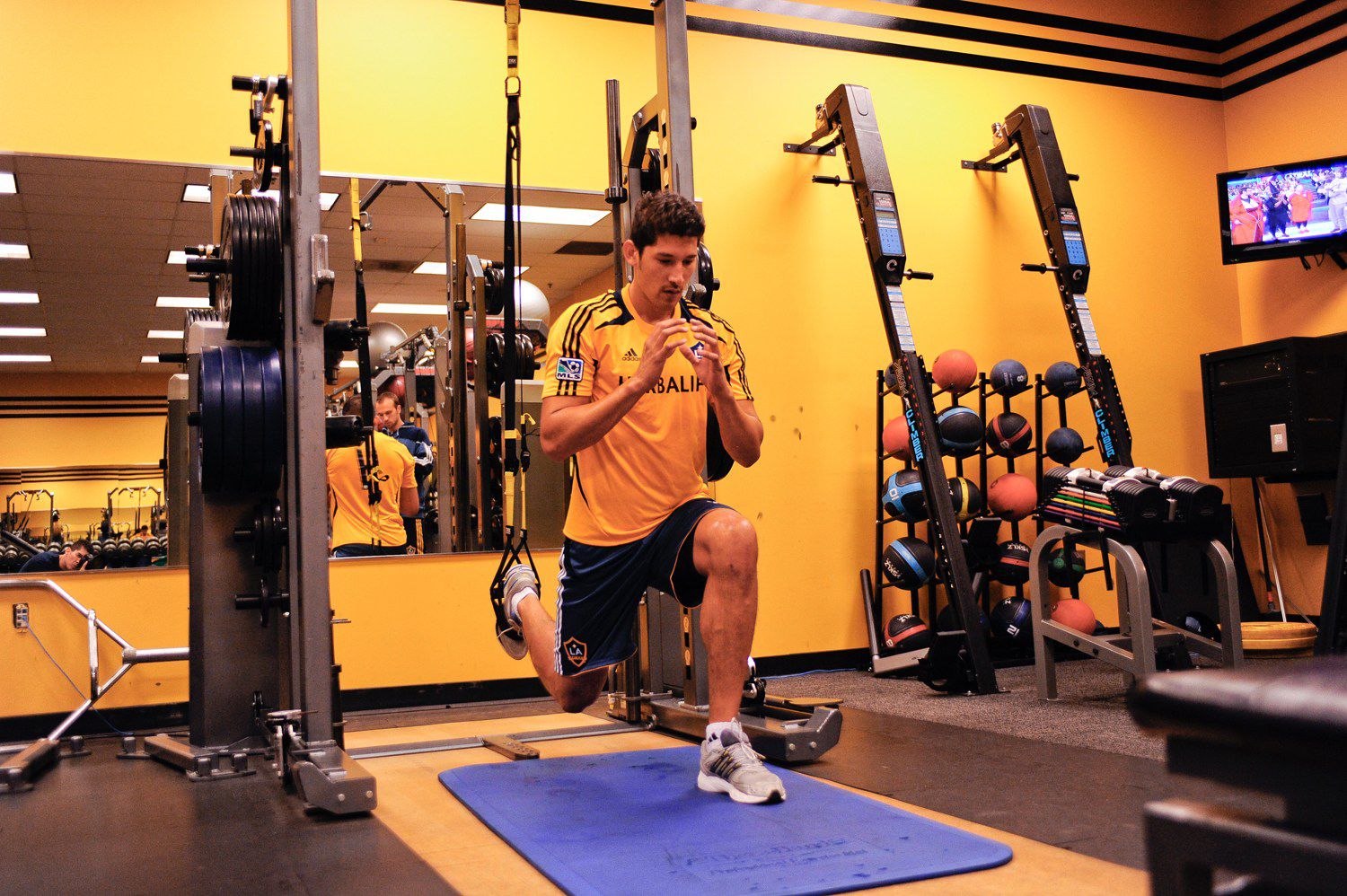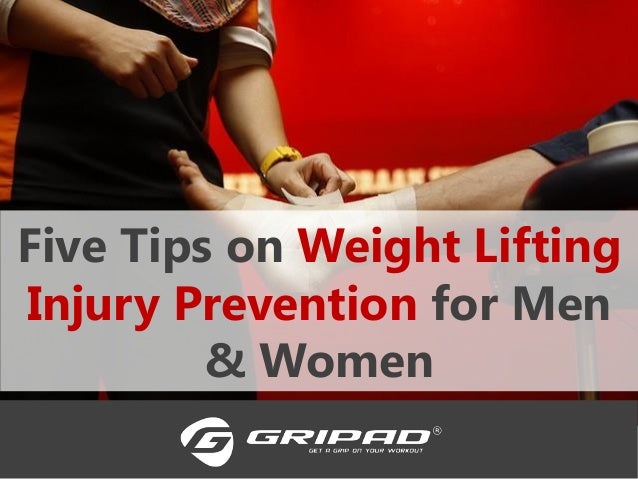
The Power Play: Unleashing Peak Performance with Strength Training for Soccer Players
Soccer, the beautiful game, demands a unique blend of athleticism: explosive speed, relentless endurance, pinpoint agility, and the ability to withstand physical challenges for ninety minutes or more. While technical skill and tactical understanding are paramount, the underlying physical foundation is what truly enables a player to perform at their peak, game after game. This foundation is built through effective strength training.
Far from simply building bulky muscles, strength training for soccer players is about developing functional power, improving movement efficiency, preventing injuries, and enhancing every aspect of on-field performance. It’s about turning potential into dynamic action – a stronger shot, a faster sprint, a more stable tackle, and a quicker change of direction.
This comprehensive guide will delve into the critical role of strength training for soccer players, outlining its myriad benefits, key principles, and a detailed repertoire of exercises designed to forge a more robust, resilient, and dominant athlete.
Why Strength Training is Non-Negotiable for Soccer Players
The benefits of a well-structured strength and conditioning program extend far beyond the gym, directly translating to superior performance on the pitch:
-
Explosive Power & Speed: Soccer is a game of bursts. Sprinting to the ball, jumping for headers, powerful shots, and quick accelerations all rely on explosive muscular power. Strength training, particularly with plyometrics and compound movements, enhances the rate of force development, making players faster and more powerful.
-
Injury Prevention: This is arguably one of the most critical benefits. Stronger muscles, tendons, and ligaments provide greater joint stability, protecting against common soccer injuries like ACL tears, hamstring strains, ankle sprains, and groin pulls. A balanced strength program addresses muscular imbalances, which are often precursors to injury.
-
Enhanced Agility & Change of Direction: The ability to rapidly decelerate, change direction, and re-accelerate is fundamental in soccer. Strength training, especially through exercises that mimic these movements (e.g., lateral lunges, single-leg squats), improves the neuromuscular control and lower body strength required for sharp cuts and pivots.
-
Improved Endurance & Fatigue Resistance: While aerobic conditioning is vital for endurance, muscular strength contributes significantly to fatigue resistance. Stronger muscles work more efficiently, delaying the onset of fatigue and allowing players to maintain high-intensity efforts throughout the match, even in the crucial final minutes.
-
Greater Ball Striking Power: A powerful shot or pass isn’t just about technique; it’s about the kinetic chain of force generation from the ground up, through the core, and into the leg. Core strength, hip strength, and leg power developed through training directly translate to more forceful and accurate strikes.
-
Increased Physical Dominance: In physical challenges, tackles, and battles for possession, a stronger player has a distinct advantage. Upper body and core strength provide stability and the ability to hold off opponents, while lower body strength allows for more forceful tackles and better balance.
Core Principles of Soccer-Specific Strength Training
Effective strength training for soccer is not generic; it’s tailored to the demands of the sport. Key principles include:
-
Specificity: Exercises should mimic the movement patterns of soccer. This means focusing on multi-joint, functional movements rather than isolated muscle work. Unilateral (single-leg) exercises are particularly important given the nature of running, kicking, and jumping off one leg.
-
Progressive Overload: To continue getting stronger, the body must be consistently challenged with increasing demands (e.g., more weight, more reps, harder variations, shorter rest).
-
Periodization: Training should be structured in phases (off-season, pre-season, in-season) with varying intensities and volumes to optimize performance peaks and prevent overtraining.
-
Balance & Symmetry: Address both sides of the body (left/right) and opposing muscle groups (e.g., quads/hamstrings, chest/back) to prevent imbalances and reduce injury risk.
-
Core Emphasis: The core is the powerhouse of the body, transferring force between the upper and lower extremities. A strong core is fundamental for stability, power generation, and injury prevention.
Essential Strength Training Exercises for Soccer Players
Here’s a breakdown of crucial exercises categorized by their primary focus, designed to build a complete athlete:
I. Lower Body Power & Strength (The Engine Room)
These exercises are the foundation for speed, jumping, shooting, and agility.
-
Squats (Back Squat, Front Squat, Goblet Squat):
- Why: Develops overall lower body strength, particularly in the quads, glutes, and hamstrings. Crucial for explosive jumps, powerful sprints, and decelerating quickly.
- Variations: Back Squat (heavy loads), Front Squat (emphasizes quads, core, and thoracic mobility), Goblet Squat (great for beginners, emphasizes form).
-
Deadlifts (Conventional, Romanian Deadlift – RDL, Sumo Deadlift):
- Why: One of the best full-body strength builders, with a strong emphasis on the posterior chain (hamstrings, glutes, lower back). Essential for sprinting, jumping, and powerful hip extension. RDLs are excellent for hamstring flexibility and strength.
- Variations: Conventional (maximal strength), RDL (hamstring and glute focus, less lower back strain), Sumo (can be easier on the lower back for some).
-
Lunges (Forward, Reverse, Lateral, Walking):
- Why: Unilateral strength is vital for soccer. Lunges improve balance, stability, and strength in each leg independently, mimicking running and cutting movements. Lateral lunges are crucial for multidirectional agility.
- Variations: Forward (emphasizes quad), Reverse (easier on knees), Lateral (inner/outer thigh, crucial for change of direction), Walking (dynamic balance).
-
Bulgarian Split Squats:
- Why: A superior unilateral exercise that isolates one leg, improving strength, balance, and hip mobility, while reducing muscular imbalances.
- How: One foot elevated on a bench behind you, squat down on the front leg.
-
Step-Ups:
- Why: Develops unilateral leg strength and power, specifically targeting glutes and quads, and improving hip extension.
- How: Step onto a box, driving through the heel of the leading leg. Can be done with weight.
-
Glute-Ham Raises (GHR) / Nordic Hamstring Curls:
- Why: Directly strengthens the hamstrings eccentrically, which is critical for preventing hamstring strains during sprinting and deceleration.
- How: GHR uses a specific machine; Nordic curls involve kneeling and slowly lowering the body forward, resisting with the hamstrings.
II. Core Strength & Stability (The Transfer of Power)
A strong core is the foundation for all movement, transferring power from the lower body to the upper body and vice versa.
-
Planks (Standard, Side, Dynamic):
- Why: Builds isometric core strength, essential for stability during tackles, shots, and maintaining balance.
- Variations: Standard (front), Side (obliques), Plank with Leg/Arm Lift (anti-rotation).
-
Pallof Press:
- Why: Excellent for anti-rotational core strength, which is vital for resisting forces during tackles and maintaining stability while kicking.
- How: Press a cable or resistance band straight out in front of you, resisting the rotational pull.
-
Russian Twists:
- Why: Develops rotational core strength and oblique power, crucial for powerful shots and passes.
- How: Sit on the floor, lean back slightly, lift feet, and twist torso side to side, often holding a weight.
-
Medicine Ball Slams & Rotational Throws:
- Why: Explosive core power. Slams work the entire core and upper body, while rotational throws mimic the powerful hip rotation of kicking.
- How: Overhead slams (vertical power), rotational throws against a wall (horizontal rotational power).
-
Bird Dog:
- Why: Improves core stability, balance, and coordination, especially important for spinal health and preventing lower back pain.
- How: On all fours, extend opposite arm and leg simultaneously.
III. Upper Body Strength & Stability (Protection & Power Transfer)
While soccer isn’t traditionally an upper-body dominant sport, strength here is vital for fending off opponents, protecting the ball, throw-ins, and overall injury prevention.
-
Push-Ups / Bench Press:
- Why: Develops chest, shoulder, and triceps strength, important for fending off opponents, shielding the ball, and maintaining balance.
- Variations: Push-ups (bodyweight, various hand positions), Bench Press (barbell or dumbbell for heavier loads).
-
Rows (Dumbbell Row, Barbell Row, Cable Row):
- Why: Strengthens the back muscles (lats, rhomboids), biceps, and rear deltoids. Crucial for posture, balance, and preventing shoulder injuries. Balances out pushing movements.
- Variations: Single-arm dumbbell row (unilateral back strength), Barbell row (heavy bilateral strength).
-
Overhead Press (Dumbbell or Barbell):
- Why: Builds shoulder strength and stability, important for throw-ins, fending off opponents, and overall upper body resilience.
- How: Press weight overhead from shoulder height.
-
Pull-Ups / Lat Pulldowns:
- Why: Develops back and bicep strength, essential for grip, overall upper body strength, and counteracting pushing movements.
- Variations: Pull-ups (bodyweight, challenging), Lat Pulldowns (machine, allows for progressive overload).
IV. Plyometrics & Agility (Explosive Performance)
These exercises train the nervous system to produce rapid, powerful movements.
-
Box Jumps:
- Why: Develops explosive lower body power, improves vertical jump, and enhances rate of force development.
- How: Jump onto a sturdy box, landing softly.
-
Broad Jumps:
- Why: Improves horizontal power and explosive acceleration, crucial for sprinting.
- How: Jump as far forward as possible from a standing start.
-
Bounding:
- Why: Dynamic, exaggerated running strides that build elastic strength and power in the legs, improving sprint mechanics.
- How: Emphasize powerful leg drive and air time between strides.
-
Agility Ladder Drills:
- Why: Improves foot speed, coordination, and quick changes of direction.
- How: Various foot patterns through an agility ladder (e.g., in-out, Icky Shuffle).
Sample Periodized Training Split (General Guideline)
A professional strength and conditioning coach should design a personalized program, but here’s a general idea of how training might evolve:
-
Off-Season (8-12 weeks post-season):
- Focus: Build foundational strength, hypertrophy (muscle growth), address weaknesses.
- Frequency: 3-4 full-body or upper/lower split sessions per week.
- Rep Range: 6-12 reps for strength/hypertrophy.
- Exercises: Heavier compound lifts (squats, deadlifts, bench, rows), progressing to more challenging variations. Minimal plyometrics.
-
Pre-Season (4-6 weeks before league start):
- Focus: Transition to power and sport-specific movements. Reduce volume, increase intensity.
- Frequency: 2-3 full-body or split sessions per week, integrated with technical/tactical training.
- Rep Range: 3-6 reps for strength, 1-5 reps for power, incorporating plyometrics.
- Exercises: Lighter, more explosive compound lifts, Olympic lifts (if trained), higher volume plyometrics, agility drills.
-
In-Season (During competition):
- Focus: Maintenance of strength and power, injury prevention, recovery. Avoid excessive fatigue.
- Frequency: 1-2 sessions per week (often on non-match days or before light training).
- Rep Range: 3-5 reps for maintenance, light plyometrics.
- Exercises: Focus on compound movements with moderate weight, prioritize unilateral work, core stability. Listen to the body.
Important Considerations for All Phases
- Warm-Up & Cool-Down: Always begin with dynamic stretches and end with static stretches to prepare muscles and aid recovery.
- Proper Form: Prioritize technique over weight. Poor form leads to injury and inefficient training.
- Nutrition & Hydration: Fuel the body adequately for training and recovery. Protein, complex carbohydrates, and healthy fats are crucial.
- Rest & Recovery: Muscles grow and adapt during rest. Ensure adequate sleep and incorporate active recovery days.
- Listen to Your Body: Differentiate between muscle soreness and pain. Don’t push through sharp pain.
- Professional Guidance: Ideally, work with a certified strength and conditioning coach who understands the specific demands of soccer.
Conclusion
Strength training is no longer an optional add-on for soccer players; it’s a fundamental pillar of athletic development. By embracing a well-designed, progressive, and soccer-specific strength program, players can unlock their full physical potential, become more resilient against injuries, and gain a decisive edge on the field. From the powerful strike to the tireless sprint, and the unwavering tackle, strength training transforms a skilled player into an unstoppable force, truly embodying the power play of the beautiful game.



